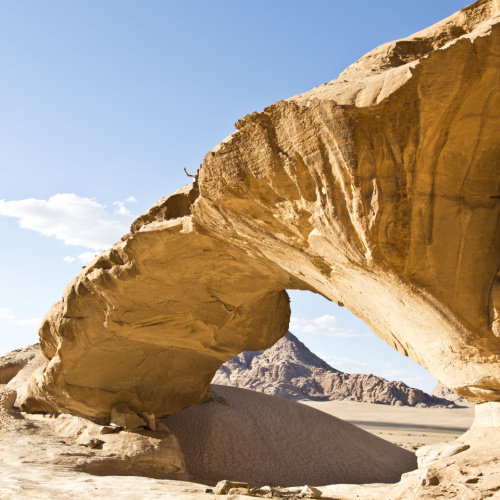ibya's summer season, which lasts from June to August, is exceptionally hot and dry, with temperatures often exceeding 100°F. This is not the most comfortable time for outdoor activities. Coastal areas like Tripoli offer some relief, but the desert regions, like the Sahara, can be scorching. It's a season when many businesses may close during the hottest part of the day.

Why Visit Libya?
Libya, located in North Africa along the Mediterranean Sea, is a country with a varied history and geography. Covering approximately 1.8 million square kilometers, it boasts a landscape that ranges from arid deserts, including the Sahara, to coastal plains.
Libya is rich in historical heritage. In recent years, Libya has experienced political turmoil and conflict, with ongoing instability affecting the nation. The capital, Tripoli, and other major cities like Benghazi have been at the center of these challenges. Despite these difficulties, Libya retains its cultural richness, with Berber, Arab, and Mediterranean influences shaping its traditions and society.





